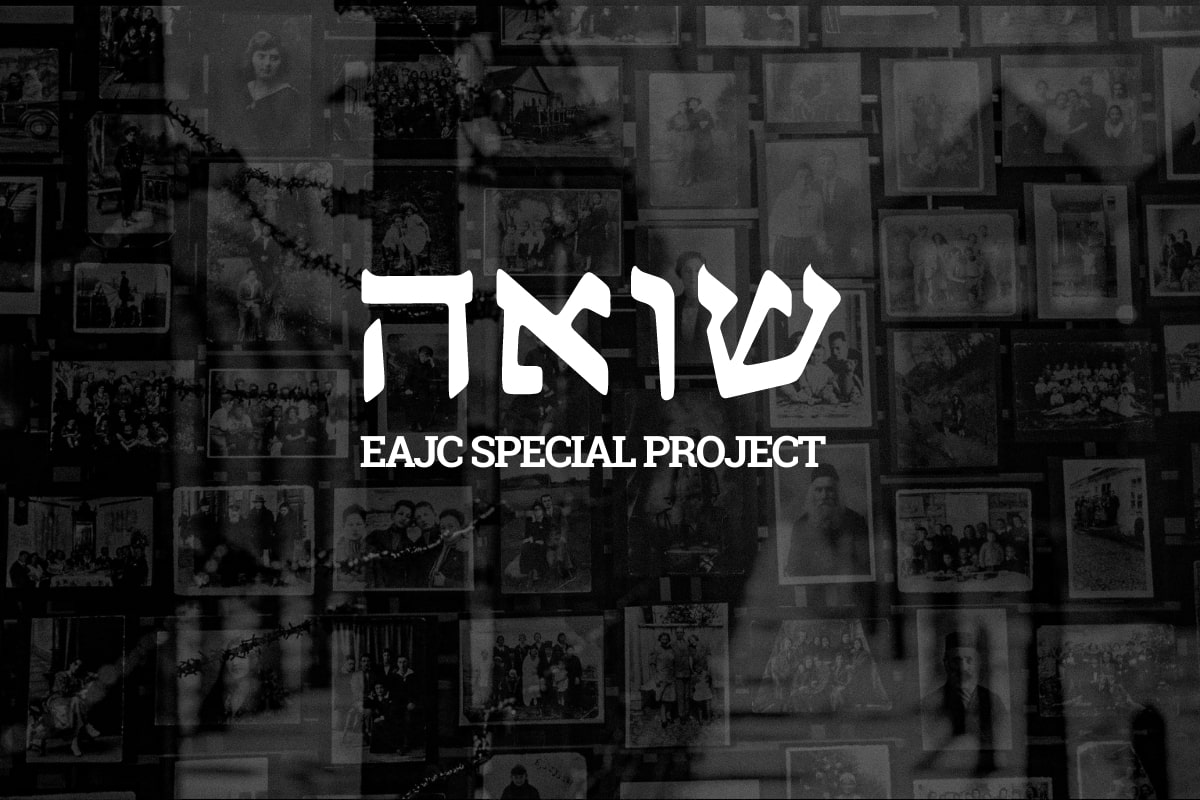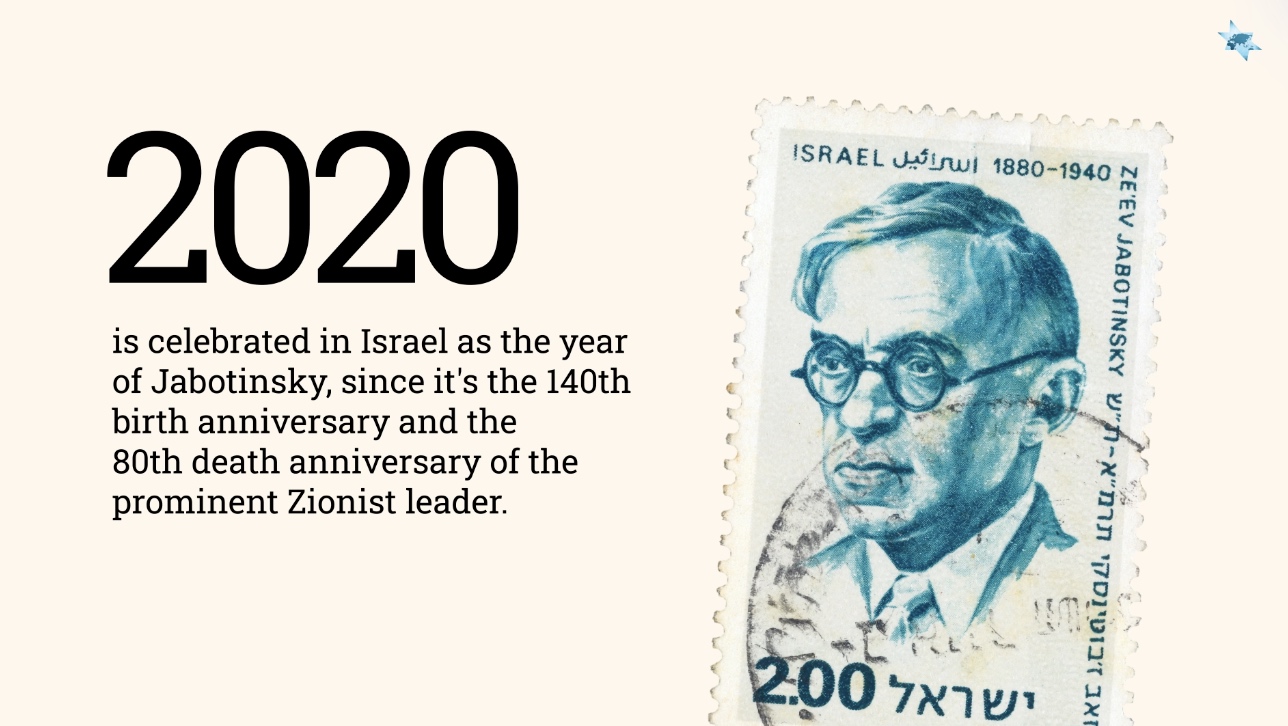Most Jews of Kyrgyzstan are concentrated in Bishkek, constituting a relatively new community: nearly all of the Kyrgis Jews migrated to Kyrgyzstan after the Russian Revolution or as evacuees or refugees from European Russia during World War II.
There is evidence of the first Jewish settlements in Kyrgyzstan about a thousand years ago. However, the Jewish community began forming in the second half of the 19th century as Central Asia was annexed by the Russian Empire, and both European and Bukharian Jews came to settle on the territory of today’s Kyrgyzstan. Ashkenazi Jews preferred the northern part of the republic, while Sephardic Jews settled in the south. In the 20th century, the Bukharian Jews began migrating gradually to the northern regions.
The number of Ashkenazi Jews grew in the 1940’s, primarily with exiles and refugees. The number of evacuated Jews during World War II is estimated at 26,000.
In 1941, a synagogue was opened in Bishkek.
By the end of the 1970’s, the Jewish population of Kyrgyzstan had shrunk to 7,200. Along with European and Bukharian Jews, small groups of Karaites, Krymchaks, and Caucasus Jews lived in Kyrgyzstan, all suffering to some extent from Stalinist repression.
Over 5,000 have emigrated from the country since the early 1990’s. Their move to Israel and other countries continues to this day.
Today the Jewish community is actively functioning in Bishkek. There are a synagogue, a daily prayer, the Jewish general education school celebrated its 25th birthday, the social support service has been functioning for more than twenty years. The community has bright traditions of non-formal Jewish education: there are Hebrew courses, history lessons and traditions, the community gets together for the holidays.
The JFuture Jewish Educational Sunday School, a special project of the Euro-Asian Jewish Congress, functions in Bishkek.





